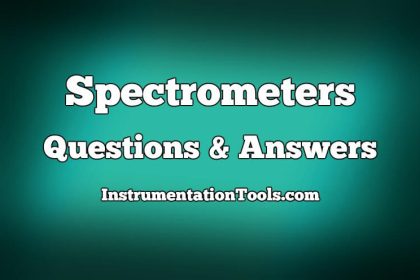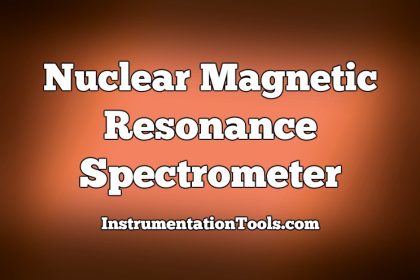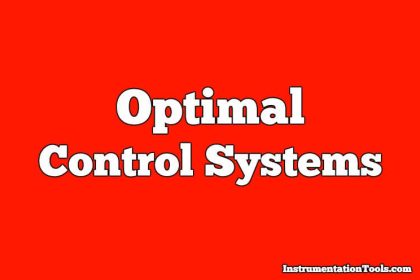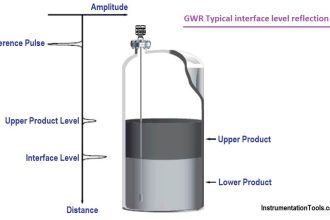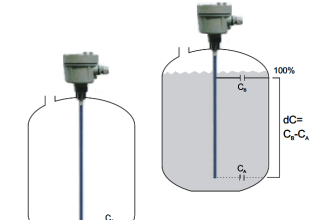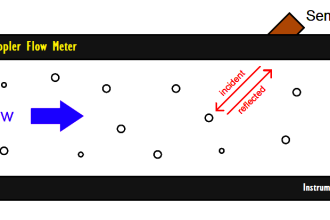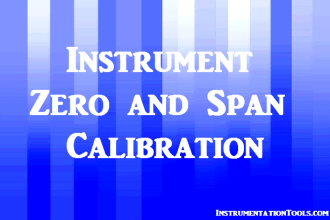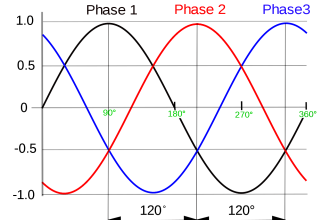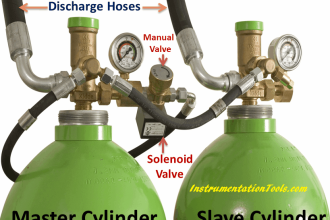Z & S Domain Relationship
1. The auto-correlation function of a rectangular pulse of duration T is
a) A rectangular pulse of duration T
b) A rectangular pulse of duration 2T
c) A triangular pulse of duration T
d) A triangular pulse of duration 2T
Answer: d
Explanation: The auto-correlation function is the method of correlating the various instants of the signal with itself and that of a rectangular pulse of duration T is a triangular pulse of duration 2T.
2. The FT of a rectangular pulse existing between t = − T 2/ to t = T / 2 is a
a) Sinc squared function
b) Sinc function
c) Sine squared function
d) Sine function
Answer: b
Explanation: By definition the Fourier transform is the transformation of time domain of signal to frequency domain and that of a rectangular pulse is a sinc function.
3. The system characterized by the equation y(t) = ax(t) + b is
a) Linear for any value of b
b) Linear if b > 0
c) Linear if b < 0
d) Non-linear
Answer: d
Explanation: The system is non-linear because x(t) = 0 does not lead to y (t) = 0, which is a violation of the principle of homogeneity.
4. The continuous time system described by 2 y(t) = x (t2) is
a) Causal, linear and time varying
b) Causal, non-linear and time varying
c) Non causal, non-linear and time-invariant
d) Non causal, linear and time-invariant
Answer: d
Explanation: Y (t) depends upon the future value therefore the system is anticipative and hence is not causal. But as it follows the superposition theorem so it is linear.
5. If G( f) represents the Fourier Transform of a signal g (t) which is real and odd symmetric in time, then G (f) is
a) Complex
b) Imaginary
c) Real
d) Real and non-negative
Answer: b
Explanation: For the real and odd symmetric signal in time domain on the Fourier transform the resulting signal is always imaginary.
6. If a periodic function f(t) of period T satisfies f(t) = −f (t + T/2) , then in its Fourier series expansion
a) The constant term will be zero
b) There will be no cosine terms
c) There will be no sine terms
d) There will be no even harmonics
Answer: b
Explanation: The fourier series will contain the cosine terms if the periodic function f (t) of period T satisfies f (t) = -f(t+T/2), and this can be proved by the basic definition of the fourier transform.
7. Given a unit step function u (t), its time-derivative is:
a) A unit impulse
b) Another step function
c) A unit ramp function
d) A sine function
Answer: a
Explanation: Unit step function is one of the test signals and for the basic standard signals they are interrelated as the function of differentiation and integration as unit step function is the integral of impulse function.
8. The order of a linear constant-coefficient differential equation representing a system refers to the number of
a) Active devices
b) Elements including sources
c) Passive devices
d) None of the mentioned
Answer: d
Explanation: The order of the differential equation is the power of the highest order of the differential term and which refers to the number of poles in the transfer function and practically it refers to the number of components that are energy storing elements .
9. Z-transform converts convolution of time-signals to
a) Addition
b) Subtraction
c) Multiplication
d) Division
Answer: c
Explanation: Convolution is the combination of addition and multiplication that is between the same signal or the different signals and convolution in time domain is always multiplication in z domain.
10. Region of convergence of a causal LTI system
a) Is the entire s-plane
b) Is the right-half of s-plane
c) Is the left-half of s-plane
d) Does not exist
Answer: b
Explanation: Causal system refers to the system that is only defined for the positive time system and for positive values and therefore region of convergence of a causal LTI system is right half of s-plane.
